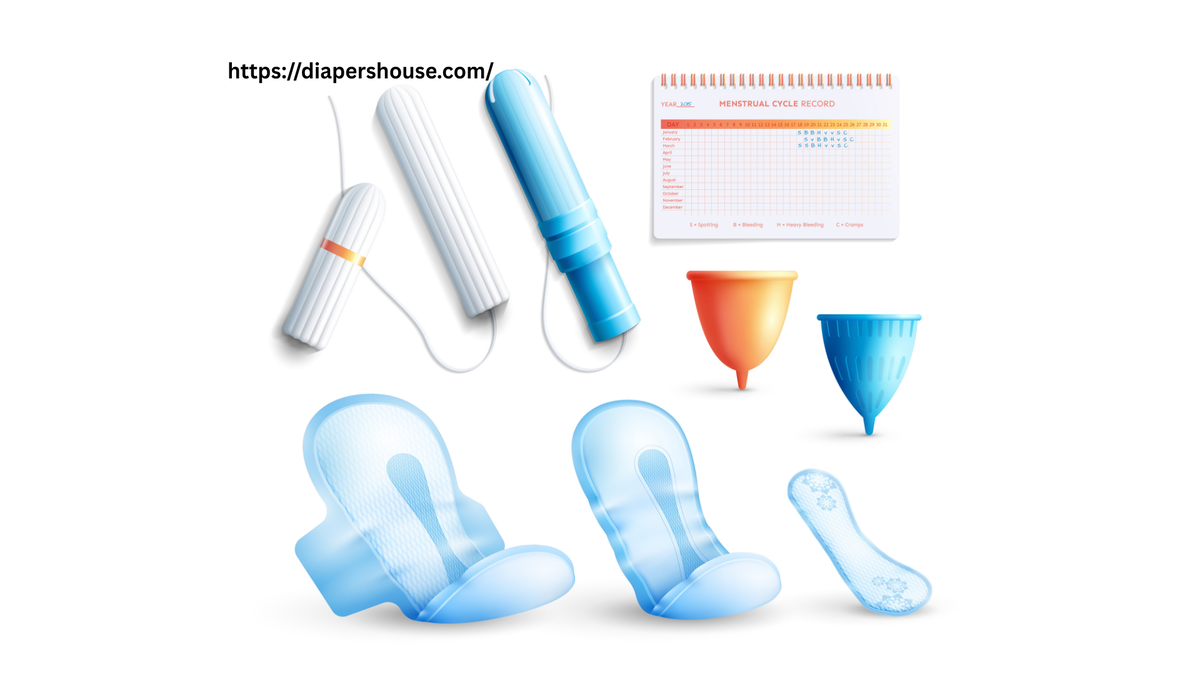If you're exploring cloth diapering options for your baby, you've likely come across the term "fitted diaper." With so many styles and brands available, it can be overwhelming to determine what works best for your family. In this comprehensive guide, we'll break down everything you need to know about fitted diapers—from how they work to why many parents consider them one of the best cloth diapering solutions available.
What is a Fitted Diaper?
A fitted diaper is a reusable cloth diaper made entirely of absorbent material. Unlike flat or prefold diapers, fitteds are shaped like a disposable diaper, complete with elastic around the legs and back and snap or Velcro closures. However, fitted diapers require a separate waterproof cover since they do not have a built-in waterproof layer.
These diapers are known for their superior absorbency, making them a favorite for overnight use or heavy wetters. They provide full coverage and a snug fit, helping to prevent leaks when paired with a good cover.
How Does a Fitted Cloth Diaper Work?
Fitted cloth diapers are incredibly easy to use. You simply fasten the diaper on your baby using the snaps or hook-and-loop closures, just like you would with a disposable. Then, you place a waterproof diaper cover over the fitted to keep moisture in.
Here’s a quick breakdown of the process:
-
Put the fitted diaper on your baby.
-
Add a booster or insert if extra absorbency is needed (ideal for nighttime).
-
Cover it with a waterproof shell, such as a PUL (polyurethane laminate) or wool cover.
-
Change the diaper every 2–4 hours during the day or as needed overnight.
Benefits of Using Fitted Diapers
There are several compelling reasons why many parents opt for fitted diapers:
1. Superior Absorbency
Fitted diapers are made entirely from absorbent materials like cotton, bamboo, hemp, or a blend. This all-around absorbency makes them perfect for overnight diapering without the risk of leaks.
2. Great for Heavy Wetters
If your baby tends to soak through other cloth diaper types, a fitted diaper is an excellent solution. Paired with a quality cover, fitteds are nearly leak-proof.
3. Breathable and Comfortable
Natural fibers used in many fitted diapers are gentle on a baby’s skin and allow for airflow, helping prevent diaper rashes and irritation.
4. Customizable Fit
With features like elastic leg gussets and multiple snap options, fitted diapers conform closely to your baby’s shape. This tailored fit helps prevent blowouts and leaks.
5. Eco-Friendly and Economical
Fitted cloth diapers are reusable and can last through multiple children. They reduce waste and save money in the long term compared to disposable diapers.
Fitted Diaper vs All-in-One Diaper
One of the most common questions among new parents is the difference between a fitted diaper vs an all-in-one diaper.
-
Fitted Diaper: Requires a separate waterproof cover. Offers higher absorbency and customization.
-
All-in-One Diaper (AIO): Has a built-in waterproof outer layer. More convenient but less absorbent.
While AIOs are more convenient for daycare or travel, fitted diapers are the gold standard for nighttime protection and heavy wetters. Many parents choose to use both styles depending on their needs.
Choosing the Best Fitted Diaper
With so many brands on the market, selecting the best fitted diaper can be a challenge. Here are a few things to consider:
1. Material
Natural fibers like organic cotton, bamboo, and hemp offer the best absorbency and breathability. Bamboo is soft and trim, while hemp is highly absorbent but may be bulkier.
2. Size and Fit
Some fitted diapers come in one-size options with adjustable snaps, while others offer specific sizing for a more precise fit. Consider your baby's weight and body shape.
3. Closure Type
Snap closures tend to last longer and are less prone to wear and tear, while hook-and-loop (Velcro) is easier to use, especially for caregivers.
4. Brand Reputation
Look for brands known for quality construction and ethical manufacturing. Popular choices include Sloomb (Sustainablebabyish), Kanga Care, Thirsties, and Green Mountain Diapers.
Washing and Care Tips
Caring for fitted diapers is simple, but consistency is key. Here’s a basic wash routine:
-
Remove solid waste before storing dirty diapers in a dry pail or wet bag.
-
Pre-wash with cold water to remove waste and urine.
-
Main wash with hot water and a cloth-diaper-safe detergent.
-
Dry in the sun or tumble dry low.
Avoid using fabric softeners or bleach, as they can affect absorbency and degrade materials over time.
When to Use Fitted Diapers
While some parents use fitted diapers full-time, others prefer them for specific situations:
-
Overnight use
-
Naps or long car rides
-
Heavy wetters
-
Newborns with frequent blowouts
Many families create a hybrid stash with a mix of fitteds, pocket diapers, and AIOs to suit different needs.
Final Thoughts
A fitted diaper offers unbeatable absorbency, a snug fit, and versatility for parents who are serious about cloth diapering. Whether you’re looking for a reliable overnight option or an eco-friendly diaper that’s gentle on sensitive skin, fitted diapers are a smart and sustainable choice.While they do require a separate cover and may take slightly longer to dry, the benefits far outweigh the drawbacks for many cloth diapering families.If you're just starting your cloth diapering journey, consider adding a few fitted diapers to your stash. Try different materials and brands to find what works best for your baby. With the right care, fitted diapers can be a long-lasting, comfortable, and budget-friendly option.



